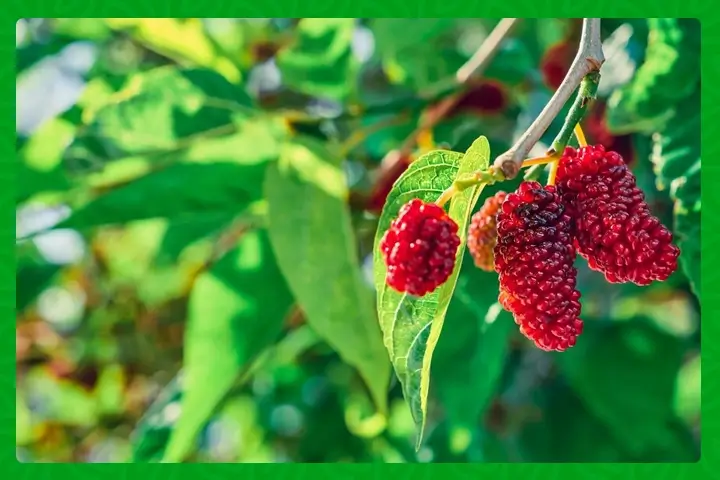
Written by Anil M V, 24 years experience, {Bsc. Agric, MBA, CTP}Founder, Organil Services
What is Moriculture
One fascinating practice that has been gaining attention is Moriculture—the cultivation of mulberry trees, specifically the Morus Alba variety. Moriculture is not merely a cultivation technique; it’s a holistic approach with far-reaching implications, especially in the context of organic farming and the production of high-quality silk.
Moriculture is the cultivation of mulberry plants to obtain feed for silkworms. It is an important part of sericulture, the production of silk from silkworm cocoons.

The Mulberry Marvel: A Brief Overview
Morus Alba, commonly known as the white mulberry, has been a companion to humanity for centuries. Originating in China, it found its way to various corners of the globe, each region weaving its unique narrative around this remarkable tree. Moriculture, at its core, involves the careful cultivation of Morus Alba for its leaves, which serve as the primary food source for silkworms.
Silk, Sustainability, and Soil Health
One of the main drivers behind the resurgence of moriculture is its crucial role in silk production. Silk, often hailed as the epitome of luxury, starts its journey in the leaves of the Morus Alba tree. What makes moriculture particularly appealing is its alignment with sustainable and organic practices. The leaves, rich in nutrients, not only nourish silkworms but also contribute to soil health when used as organic mulch.
Organic Symbiosis: Mulberry and Agriculture
For those navigating the intricate landscape of organic farming, moriculture presents an exciting avenue. The Morus Alba tree, with its adaptability to various climates, offers an excellent companion in organic farming endeavors. Its deep roots enhance soil structure, prevent erosion, and create a conducive environment for the growth of other crops.

Cultivating a Healthy Future: Food Safety and Moriculture
In the pursuit of a secure and sustainable food supply, moriculture emerges as a hero. The leaves of Morus Alba, rich in nutrients like vitamin C and iron, have found their way into various culinary concoctions. From teas to salads, the white mulberry brings not just silk, but also a nutritional boost to the table.
Mulberry plants are perennial shrubs or trees that can grow up to 15 meters in height. They have simple, alternate leaves that are usually lobed or serrated. The leaves are rich in protein, carbohydrates, minerals, and vitamins, making them ideal for silkworms. Mulberry plants also produce small, edible fruits that are purple, red, or white in color. The fruits are sweet and juicy, and can be eaten fresh or processed into jams, wines, and candies.

Challenges and Innovations in Moriculture
As with any agricultural practice, moriculture faces its set of challenges. Pests, climate fluctuations, and market demands pose hurdles that demand innovative solutions. Integrating technological advancements, precision farming techniques, and organic principles can pave the way for a resilient moriculture industry.
Moriculture is not just about cultivating trees; it’s about weaving a sustainable narrative that encompasses silk production, organic farming, and nutritional well-being. As we delve deeper into the possibilities of this ancient practice, the Morus Alba stands tall, reminding us of the intricate pulse between nature and human ingenuity.
Stay updated with the latest farming tips and agriculture industry news from Africa by subscribing to our newsletter. Don’t miss out on valuable insights and updates. Follow us on Twitter, LinkedIn, and Facebook to join our farming community and stay connected with us.



















